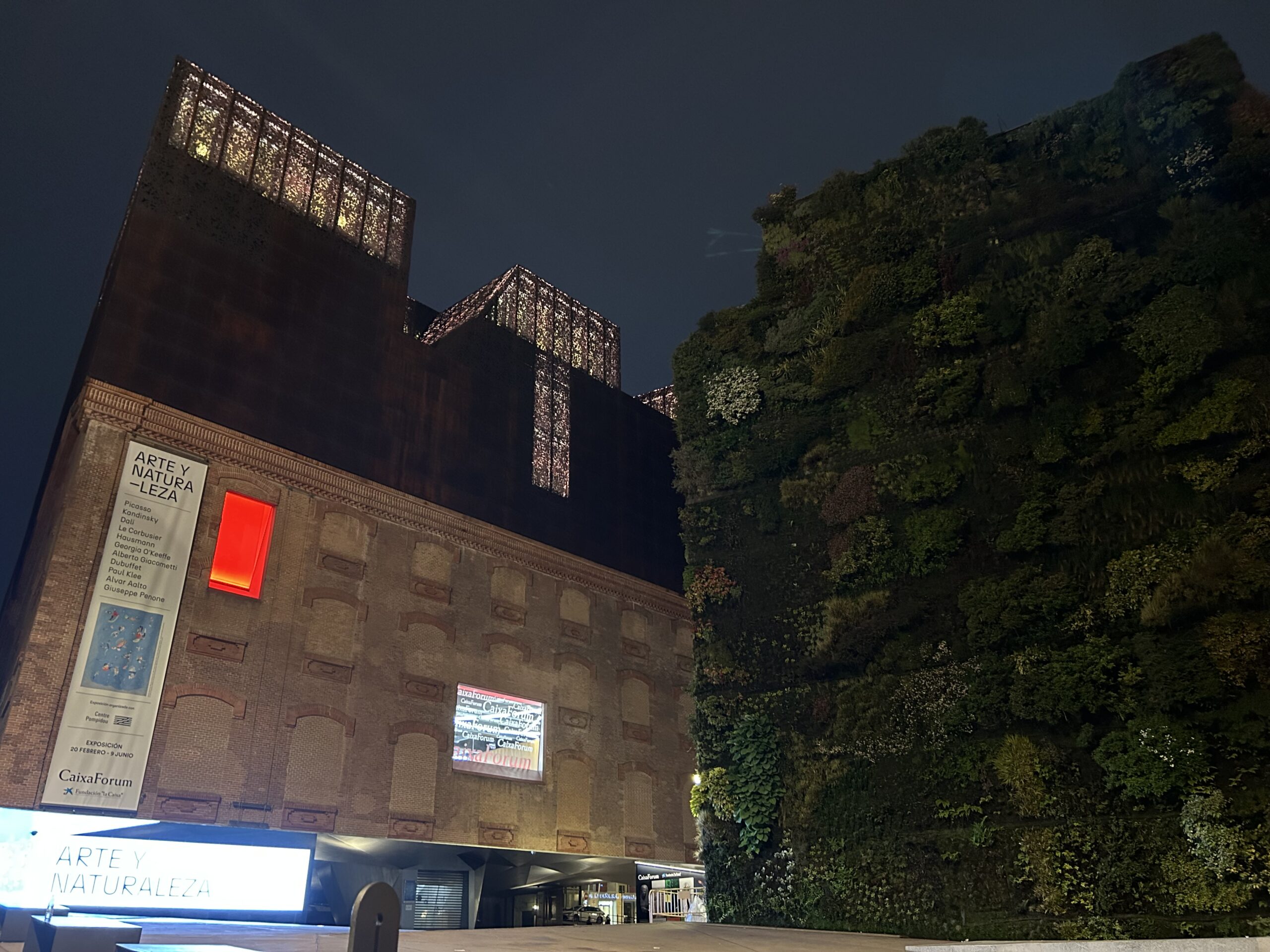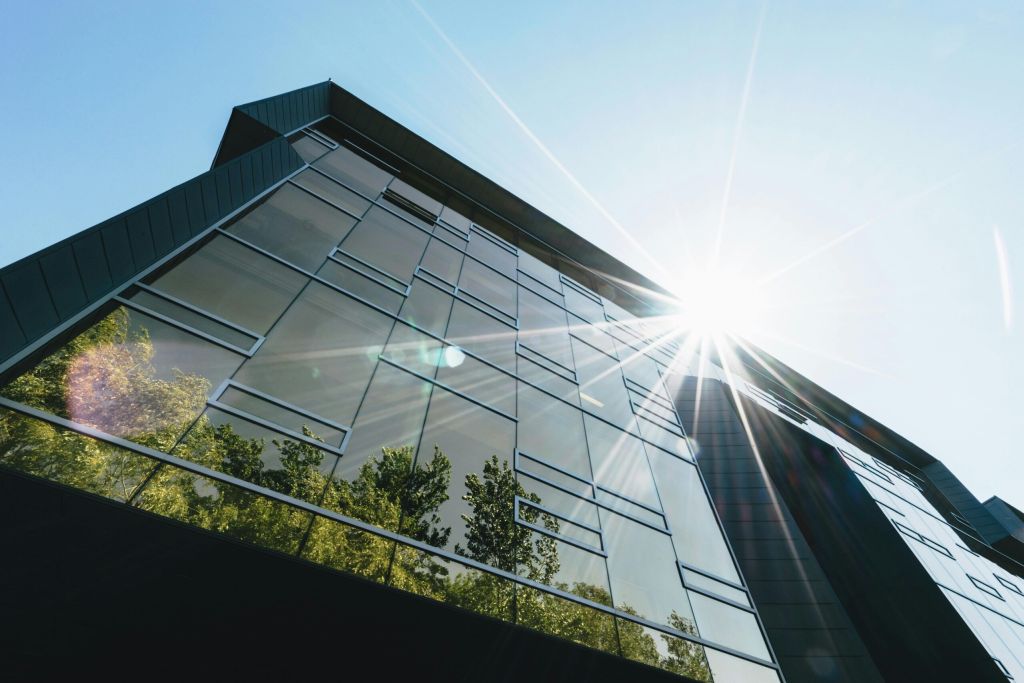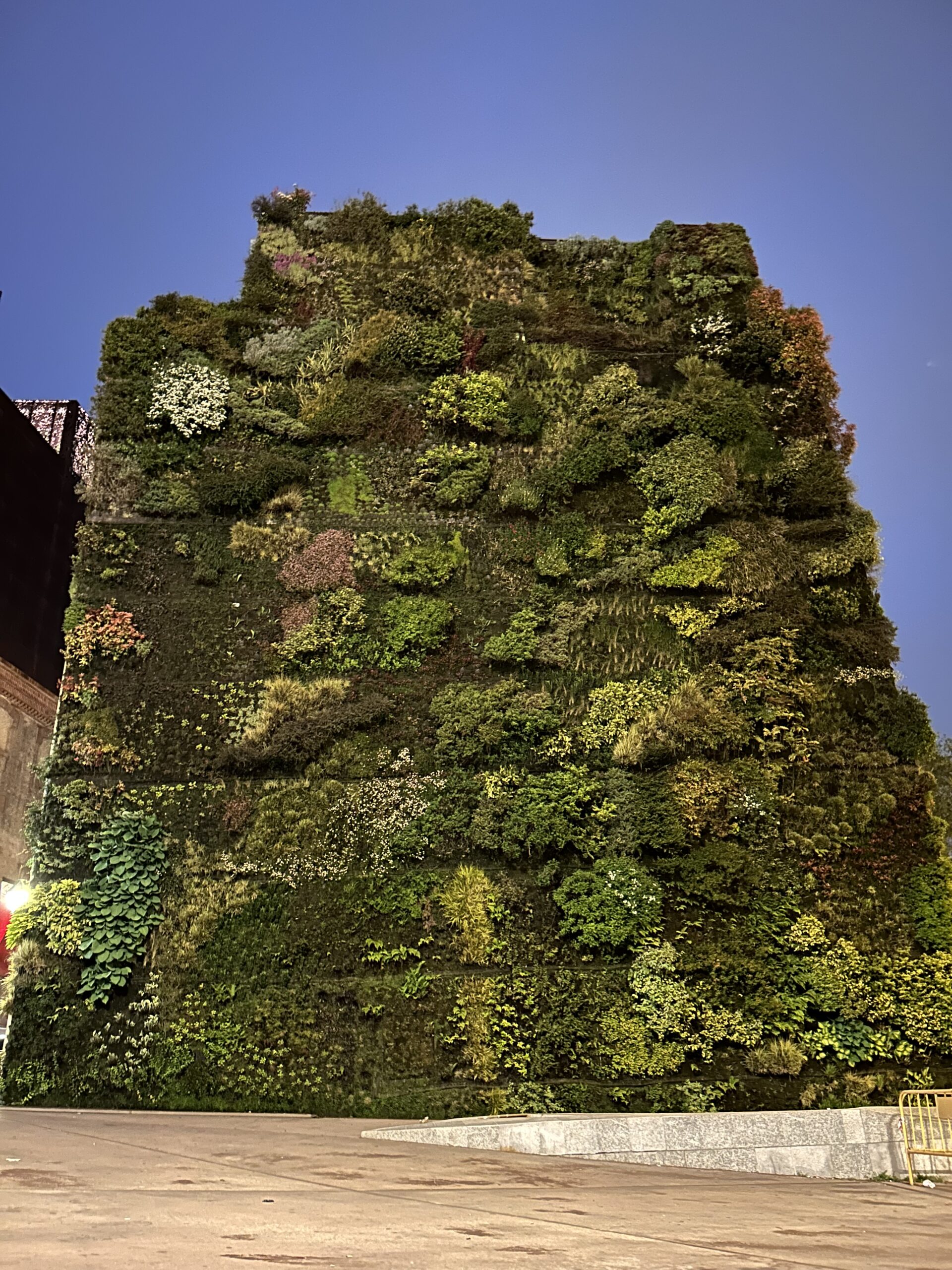Living walls, also known as green walls or vertical gardens, are an innovative solution used in urban architecture that involves covering vertical surfaces with plants. They make the urban environment greener, more aesthetically pleasing and environmentally friendly. Living walls are an excellent way to introduce nature into urban spaces, while improving the quality of life for residents. Living walls can be found in various parts of the city, such as office buildings, hotels, shopping malls, schools and even on residential buildings. They are often used as decorative elements, but also as a means to improve the energy efficiency of buildings. In city centres, where there is not enough space for traditional gardens, living walls allow the use of vertical surfaces to introduce greenery. Living walls are an innovative and beautiful solution that can bring numerous benefits to cities. They bring nature into the urban environment, improve air quality, provide thermal and acoustic insulation, and contribute to the aesthetics of the urban landscape. Their use in cities is increasingly popular, and the future of green walls seems promising, especially with the growing interest in sustainable solutions in architecture.
Despite its many advantages, living walls pose some challenges for designers and building owners. It is necessary to design an adequate irrigation system, drainage, and provide a suitable structure to hold the plants. In addition, living walls require regular maintenance, which involves costs and the involvement of specialists.
Living walls use special structures to hold plants on vertical surfaces, such as building walls, facades or fences. In this way, unused space in the city can be developed.
A wide range of plants can be used in green walls, including vines, mosses, ferns, as well as flowers or small shrubs. This gives great design possibilities and allows you to adapt the appearance of the wall to the environment.
Living walls help reduce air pollution, absorb carbon dioxide and produce oxygen. In addition, plants can act as thermal and acoustic insulation, reducing energy consumption in buildings.
Green walls introduce elements of nature into cities, improving the aesthetics of urban landscapes. They can become a tourist attraction and improve the well-being of residents.


